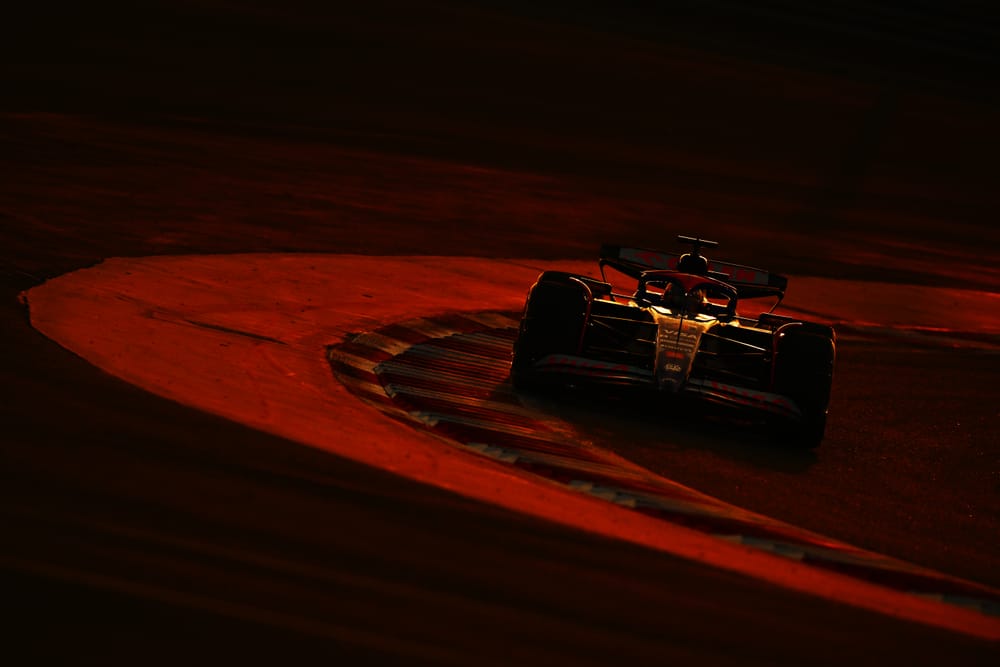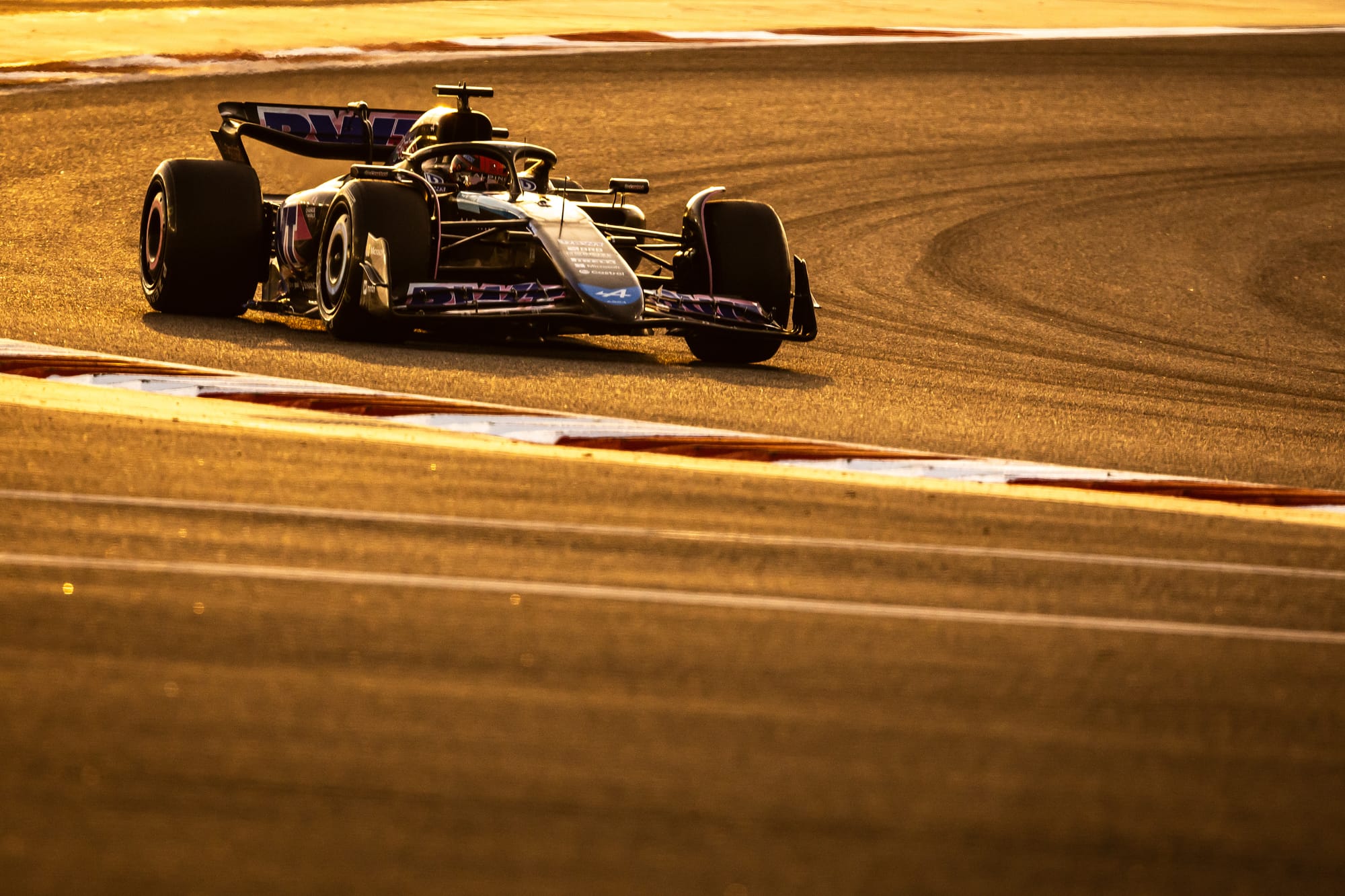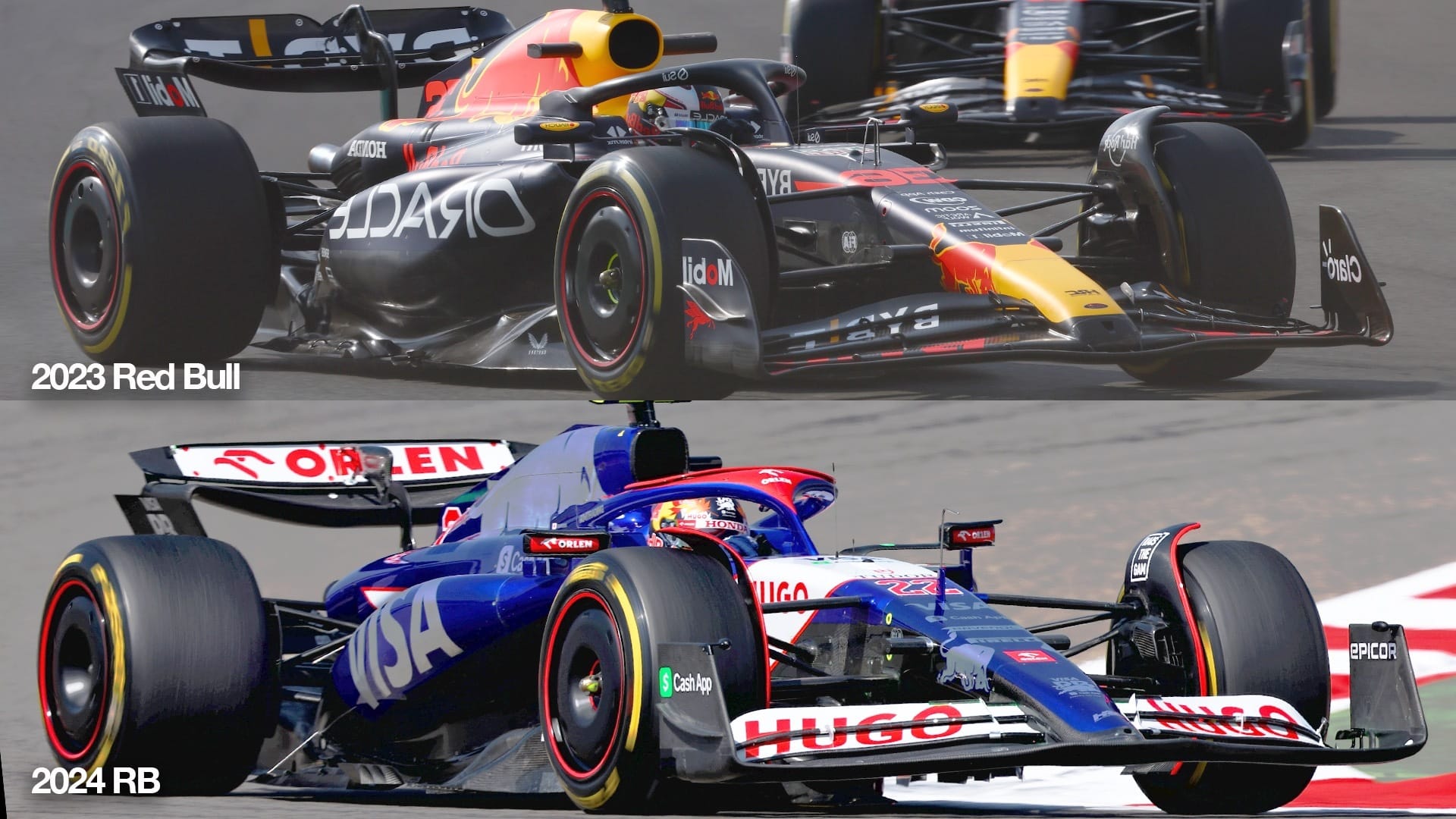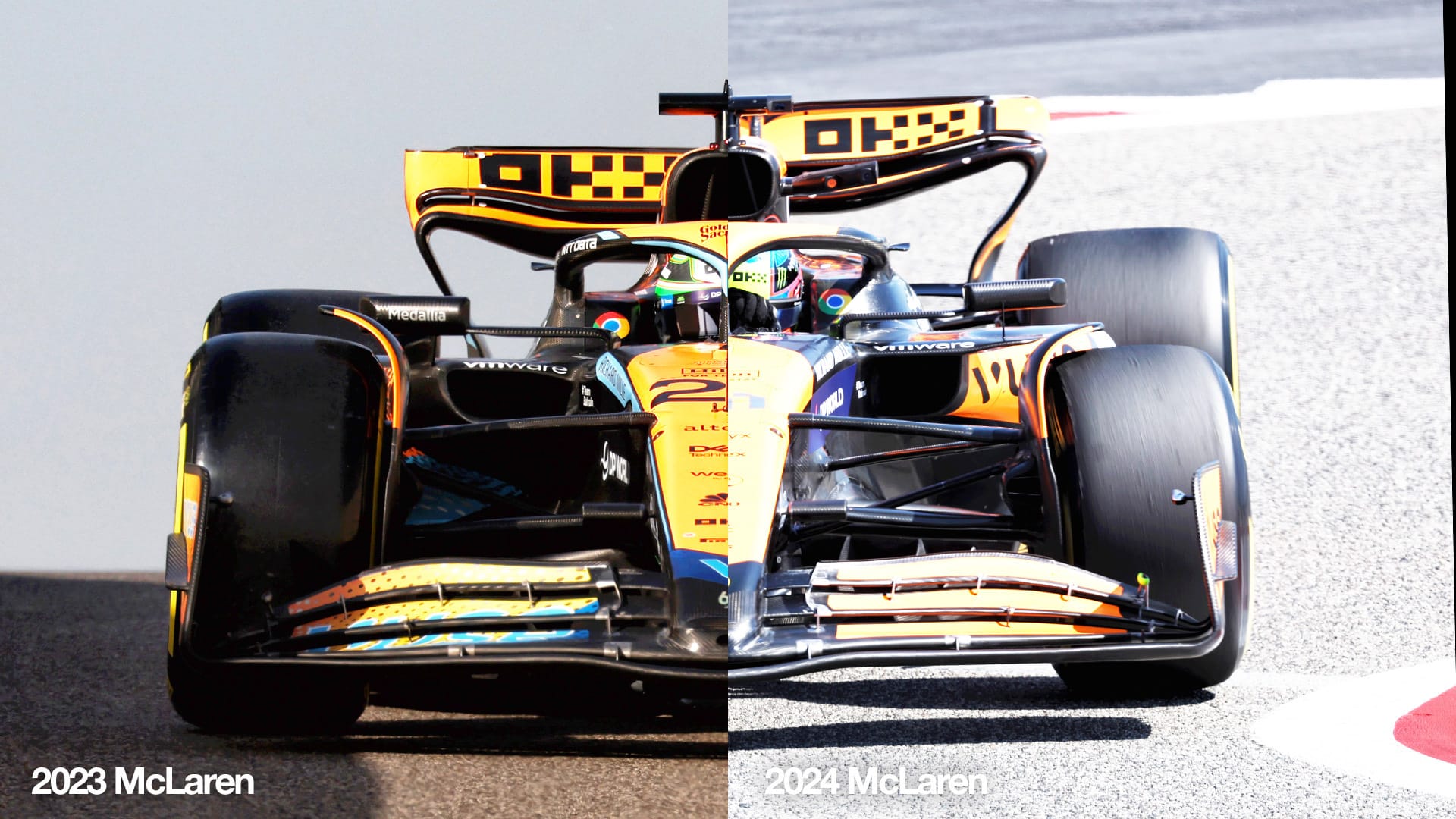Up Next

The week between Formula 1 testing and the start of the new campaign is our favourite time of the year, when we emerge from the dust settling on the pre-season to have a go at ranking the teams ahead of the new campaign.
This is based on factors including what The Race saw trackside, how each team's long-run data looked, and what shape each team thinks it's in.
We’ve talked to plenty of drivers and senior F1 figures, crunched the numbers and, yes, made some educated guesses, to come up with this ranking.
It’s a snapshot of the order as we saw it at the end of the three days of testing in Bahrain, not a definitive prediction for this week's season opener at the same venue.
10 Haas
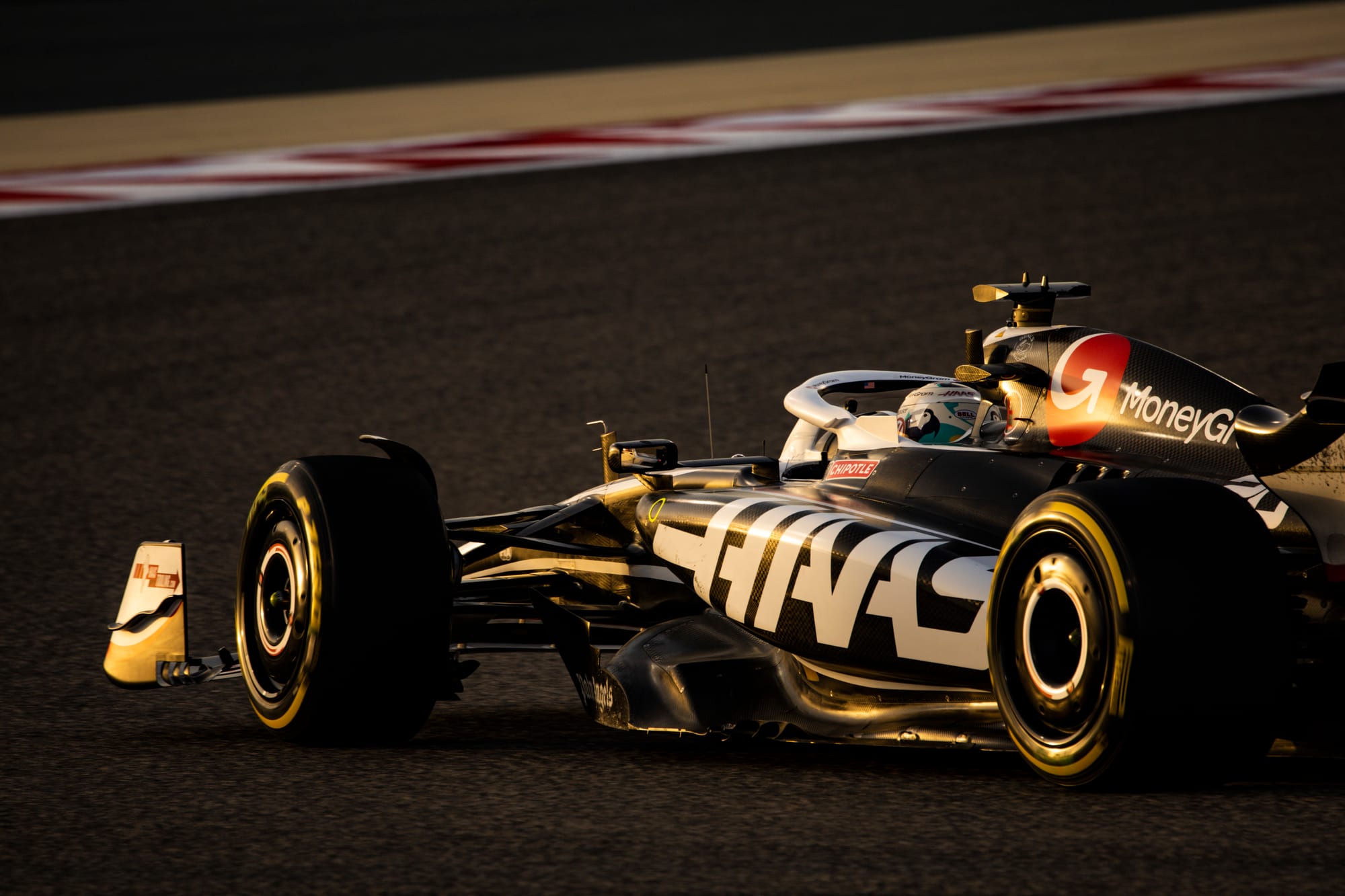
Best laptime: 1m31.686s (C3)
Laps: 441
New Haas team principal Ayao Komatsu predicted his squad would be at the back, if not last, at the start of the season. And though testing largely supported that hypothesis, if Haas is last, it would be surprising if it is detached from the field.
This car has been limited by resources being devoted to a late-2023 upgrade that was largely ineffective at solving Haas's main tyre-chewing problem in-season. But that did at least lay the groundwork for this car.
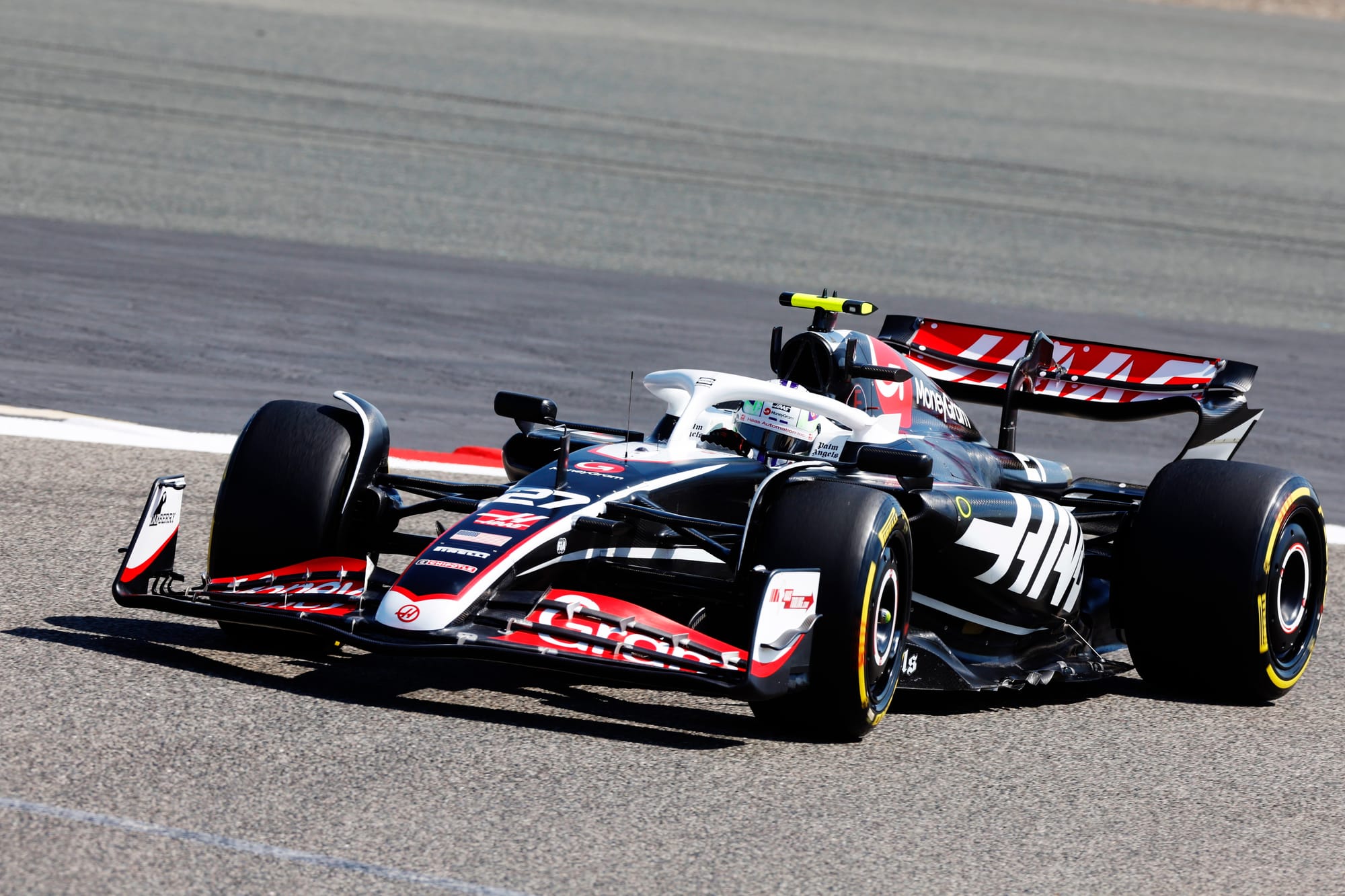
And it seems like an improvement. Kevin Magnussen, who struggled with last year’s car characteristics, feels this is more consistent on high fuel, and says he can trust the car more “from braking to turn-in to mid-corner”.
Haas did almost nothing but long runs for the first two days of testing as it worked to learn as much as possible about the car and its tyre usage, and completed more laps than any other team in the process.
It is cautiously optimistic it has made progress but keeping its expectations modest, and so are we given it still looked a bit less competitive on the long runs compared to the low fuel work it eventually completed.
9 Alpine
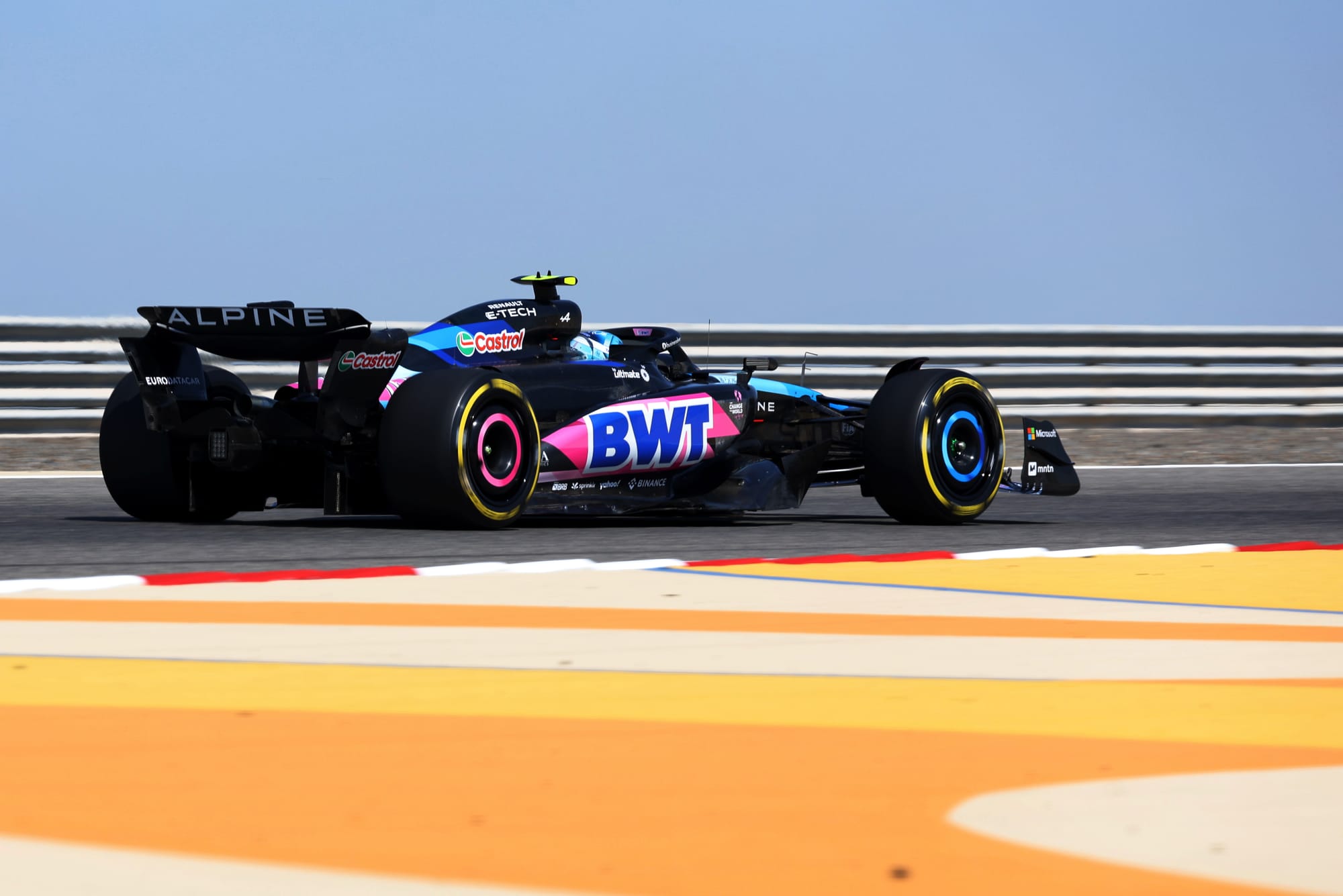
Best laptime: 1m32.061s (C3)
Laps: 334
Alpine at least ran reliably during testing, which it hasn’t always historically, but was still only eighth in terms of laps covered.
Teams' testing lap totals
1 Haas 441
2 Ferrari 416
3 Red Bull 391
4= Sauber 379
4= Aston Martin 379
6 RB 367
7 Mercedes 361
8 Alpine 334
9 McLaren 328
10 Williams 299
And that’s about the only positive for the team that set the slowest time of the test, was in the back group based on long run pace, didn’t complete a full race simulation and looks least-well prepared.
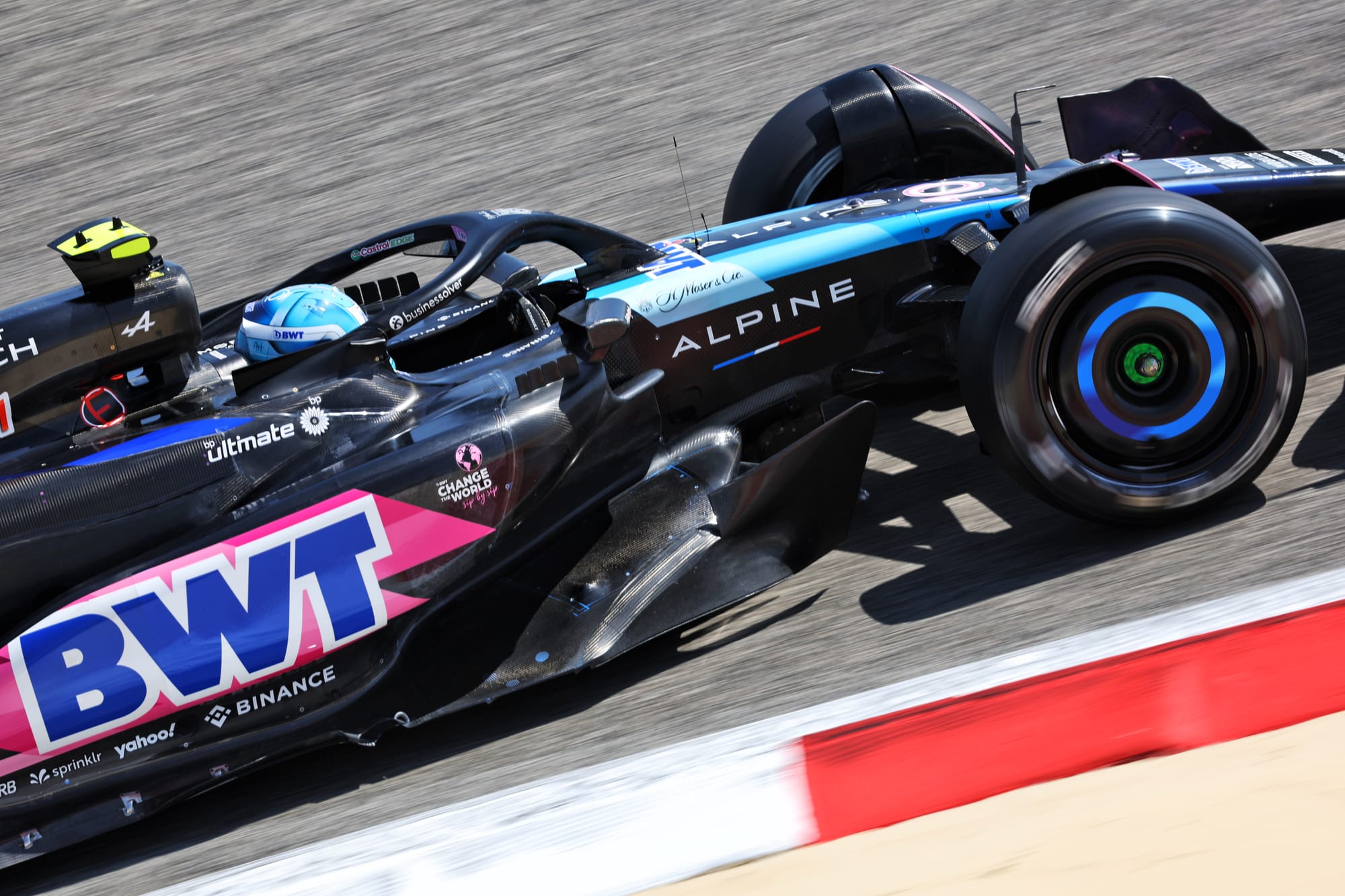
The car is understood to be overweight, hence the pared-back livery. It was also second-slowest in the speed traps, without the corner performance needed to offset that, which the weight won’t help with.
It also hints at the car carrying a little too much drag on top of being slightly down on power.
Testing speed trap figures
McLaren 202.4mph
Williams 201.3mph
Haas 201mph
Red Bull 199.8mph
Aston Martin 198.5mph
Ferrari 197.9mph
Sauber 197.8mph
Mercedes 197.7mph
Alpine 197mph
RB 196mph
From trackside, it looked like the least sorted car, with the drivers having to work hard behind the wheel. As Pierre Gasly said, it’s going to take some time to unlock performance.
Alpine had managed expectations at its launch but even so, a works team looking like a strong candidate to exit in Q1 is disappointing. Given the team seems so underprepared, it wouldn’t be a surprise if even Haas turns out to be ahead.
Alpine has early season upgrades planned, which aim both to reduce the weight and add aerodynamic performance.
But even if upgrades, or a big step for the Bahrain Grand Prix, lift it to around where it was last year - so sixth-best - that’s still not good enough for a works team.
8 Sauber
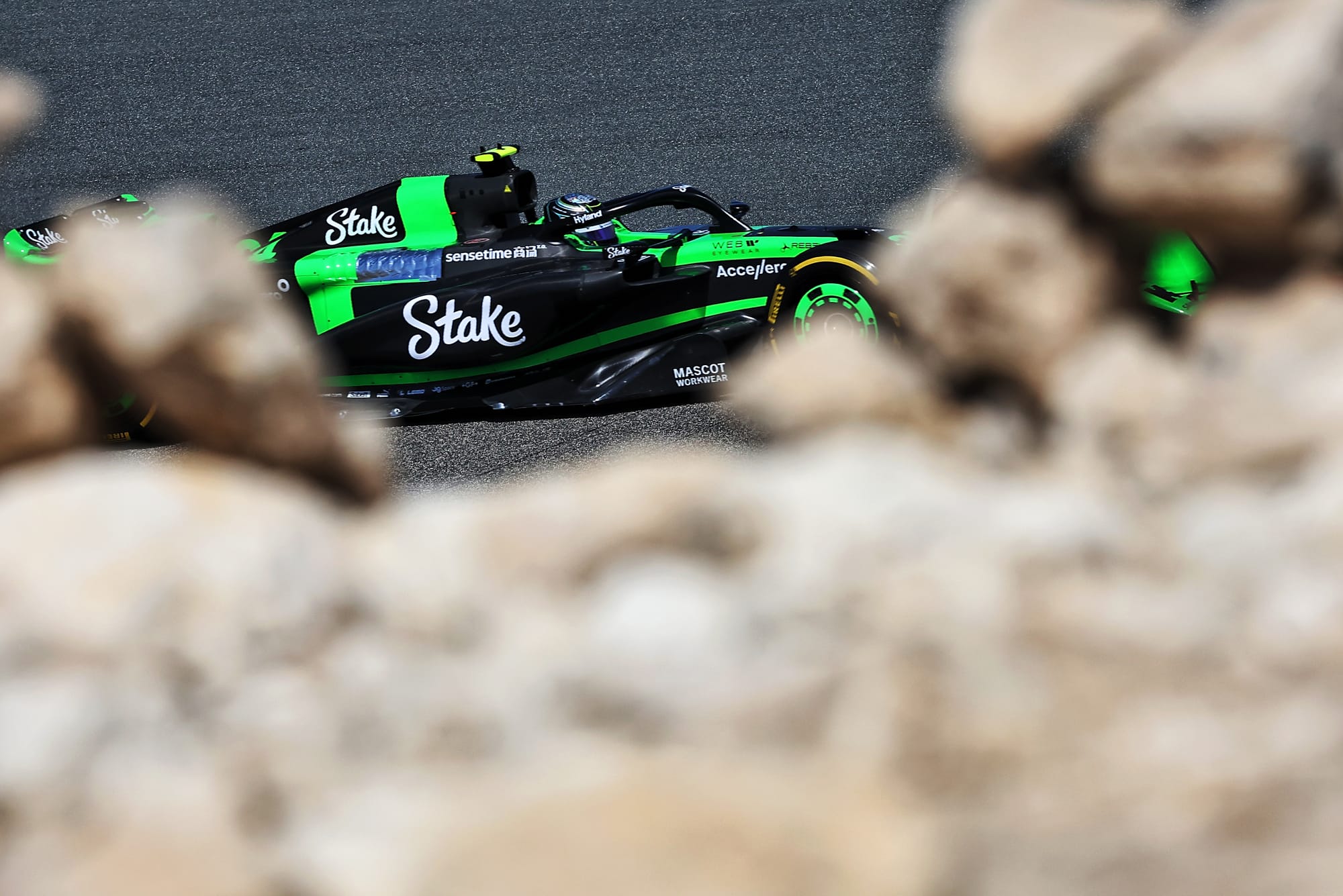
Best laptime: 1m30.647s (C4)
Laps: 379
While Sauber is still in the back group, judging by its long-run pace, the performance of the car in testing was positive.
As Valtteri Bottas explained, “the biggest changes are the high-speed stability and the drag level”, two big weaknesses of last year that have been improved upon dramatically.
That’s a big positive because that correlates exactly with what Sauber’s various simulation tools indicated. That means the major change from pushrod to pullrod front suspension appears to have given Sauber greater control of the mechanical platform.
The Sauber C44 was the third-fastest car on single-lap pace thanks to Zhou Guanyu’s day-three run on C4 Pirellis. That’s despite technical director James Key saying the team had been “very conservative and under the radar” - prior to that run, it should be said.
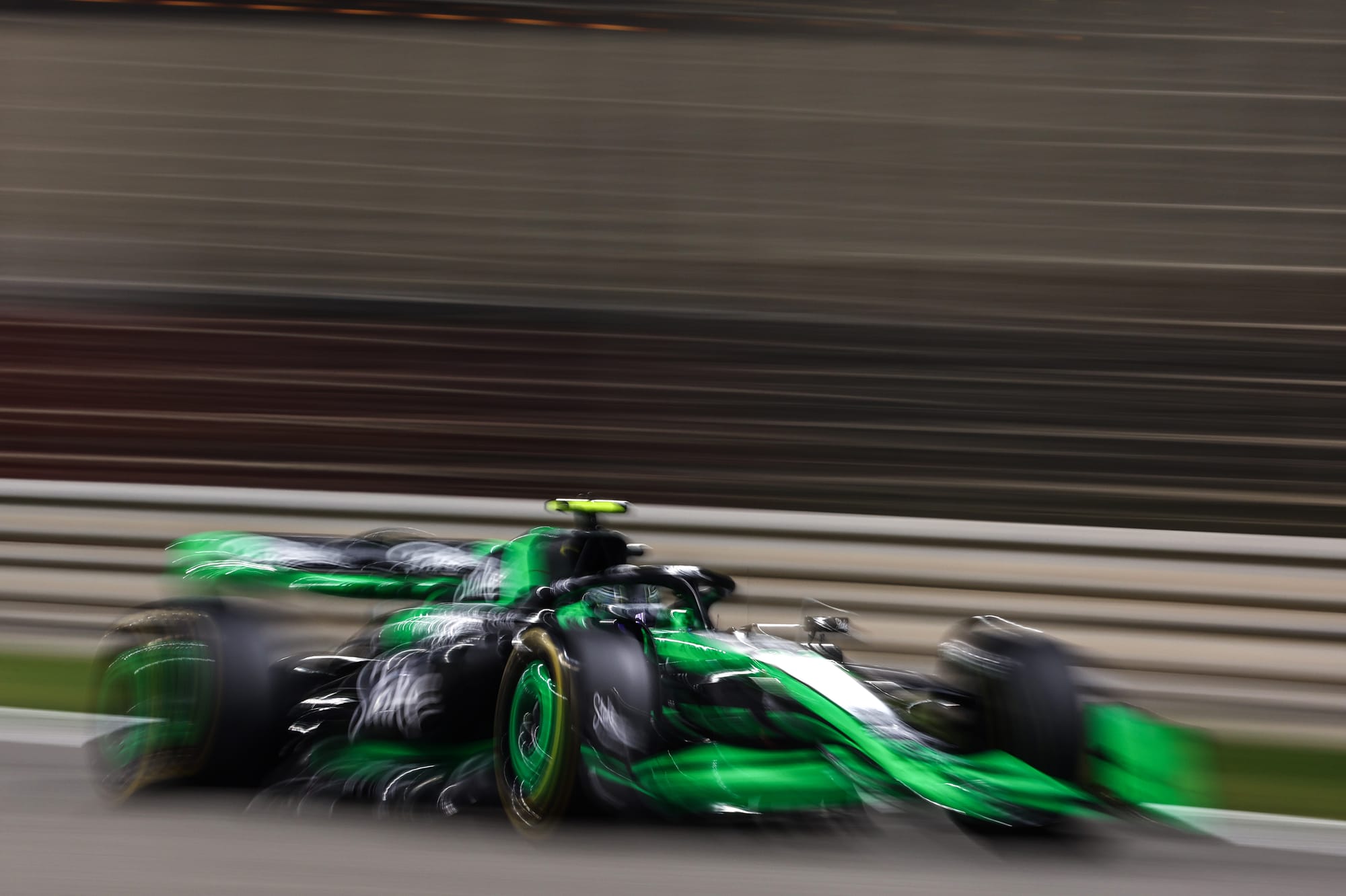
While the Sauber started off looking a little unstable at times from trackside, once the set-up was fettled it looked like a good, predictable, consistent car.
That’s a good step forward from last year and means it has a good platform to build from, even if Q2 will likely be the limit of its ambitions at race one.
7 Williams
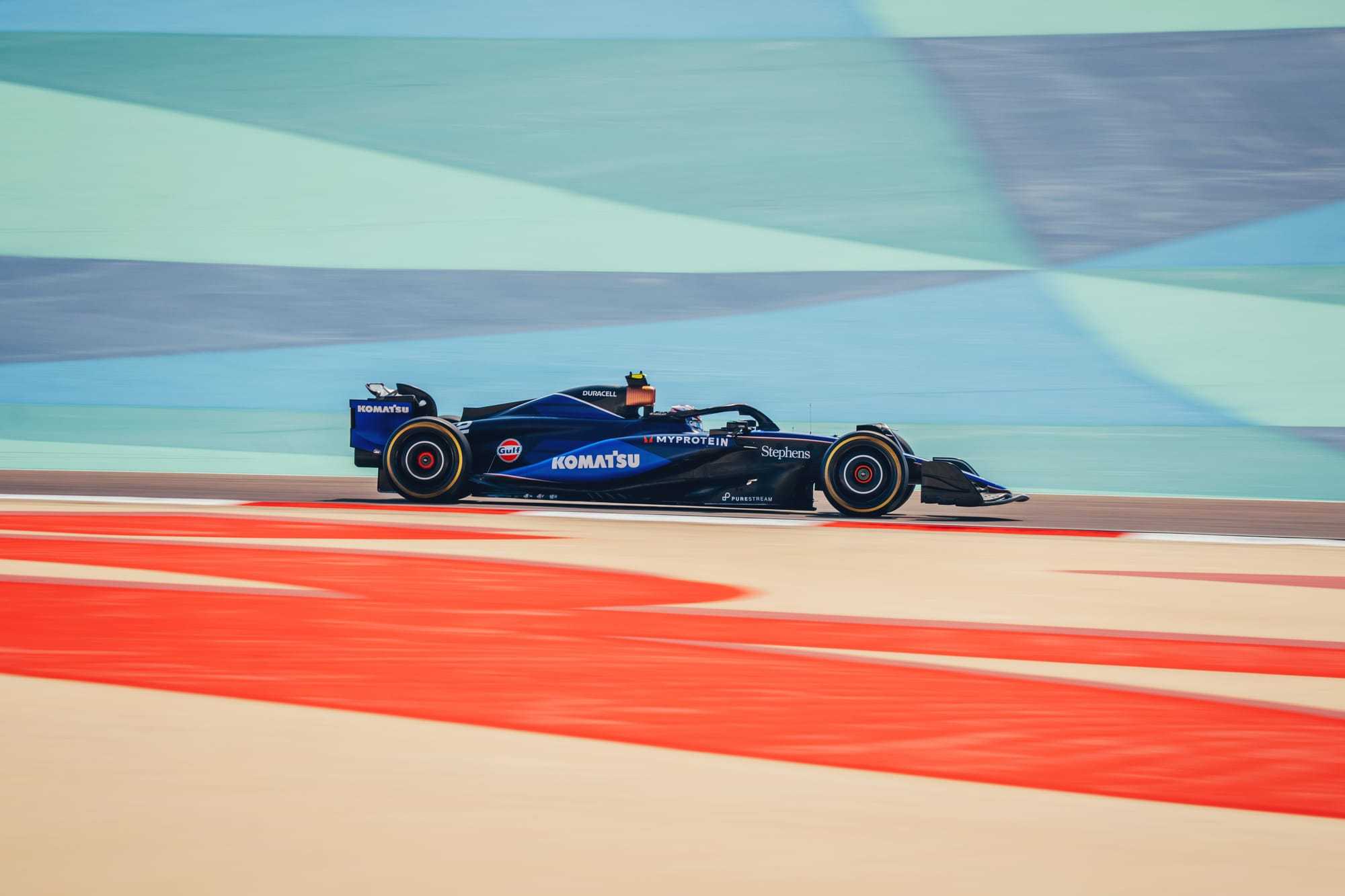
Best laptime: 1m30.984s (C4)
Laps: 299
The test was looking middling or maybe even slightly underwhelming for Williams until day three, when a few things came together better and vaulted it – in our view – to the top of a very close cluster of four teams in the lower midfield.
Two stoppages on day one put Williams on the back foot and you never make up that time. Especially with so much to learn about a new car with different characteristics, some new unspecified weaknesses to replace the old ones, and that needs to be driven differently to its predecessor.
Correlation seemed good, though, so Williams was cautiously optimistic. And by day three that translated into a more complete and more encouraging picture, especially in terms of race pace.
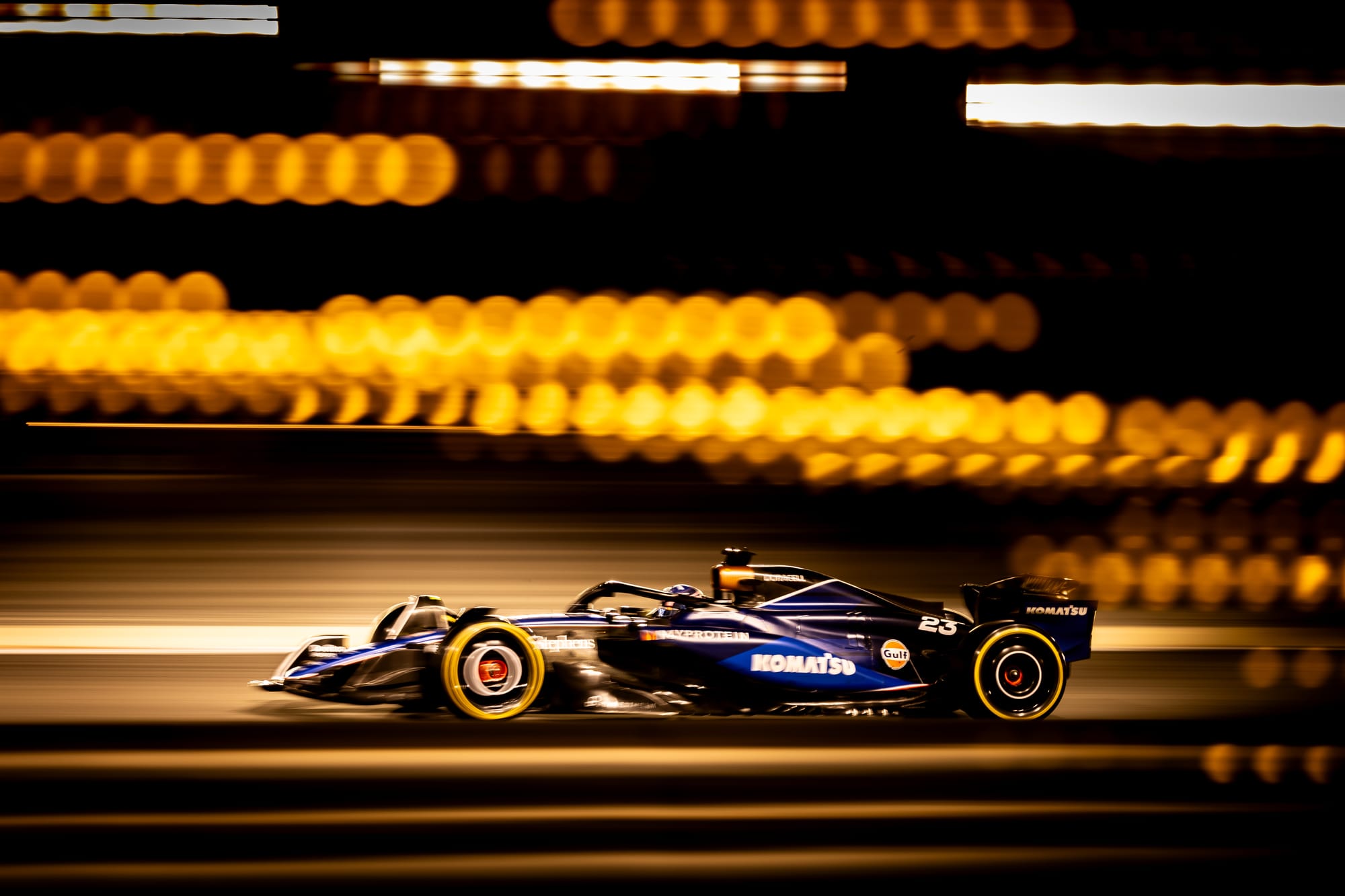
Alex Albon reckons Williams has a “decent car to go racing with” having made “big headway” on the final day.
There is still a lot to learn but with a few days to dig into the data and a hint of some upgrades at the opening race, we think Williams starts the season with a good platform to at least consolidate its finishing position from last year.
6 RB
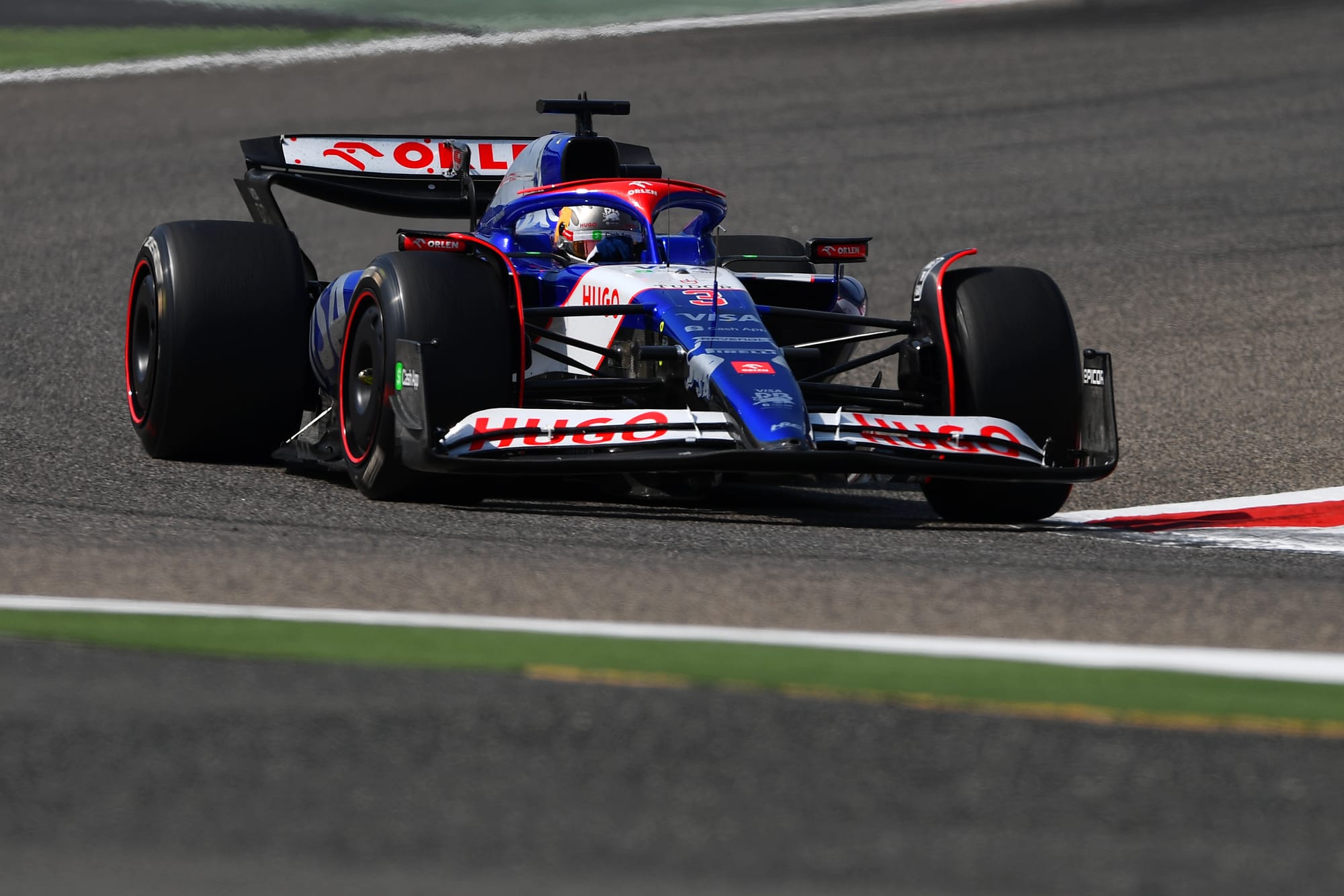
Best laptime: 1m30.775s (C4)
Laps: 367
The RB VCARB 01 may have a terrible name, but testing suggests it has a handy turn of speed.
However, in what appears to be a compressed field, whether it will end up snapping at the heels of the group chasing Red Bull or just holding off the group of four teams at the back is as-yet unclear.
What is obvious is that this is a good car. It uses the 2023 Red Bull RB19 suspension front and rear, which is a gain in terms of the all-important platform control. However, the car is far from a Red Bull clone. Instead, it’s an evolution of this team’s own increasingly competitive machine of the back end of last year.
Technical director Jody Egginton predicts a much stronger start to the season - "we're better prepared than last year", as he put it - thanks to these gains.
The car looked very consistent from trackside and its long-run pace suggests it can slot in somewhere in the middle of the pack. Daniel Ricciardo’s target is being at the front of the midfield, pitching for a Q3 place and points finishes.
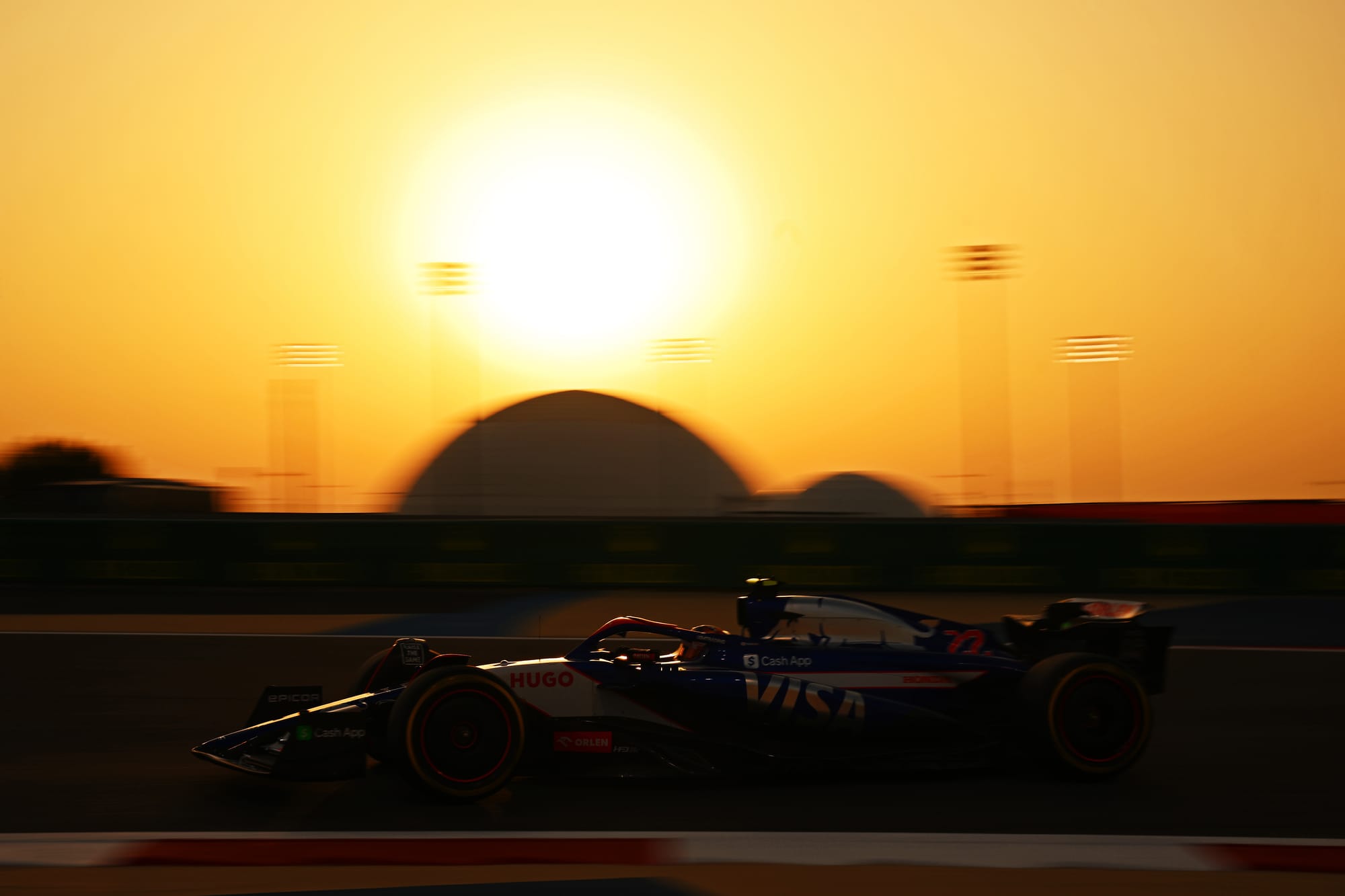
Yuki Tsunoda set a quick lap late on in testing using the C4 Pirellis, putting it fifth-fastest on the timesheets of the 10 teams.
It would be a surprise if it wasn’t somewhere around the mid-pack come Bahrain qualifying.
5 Aston Martin
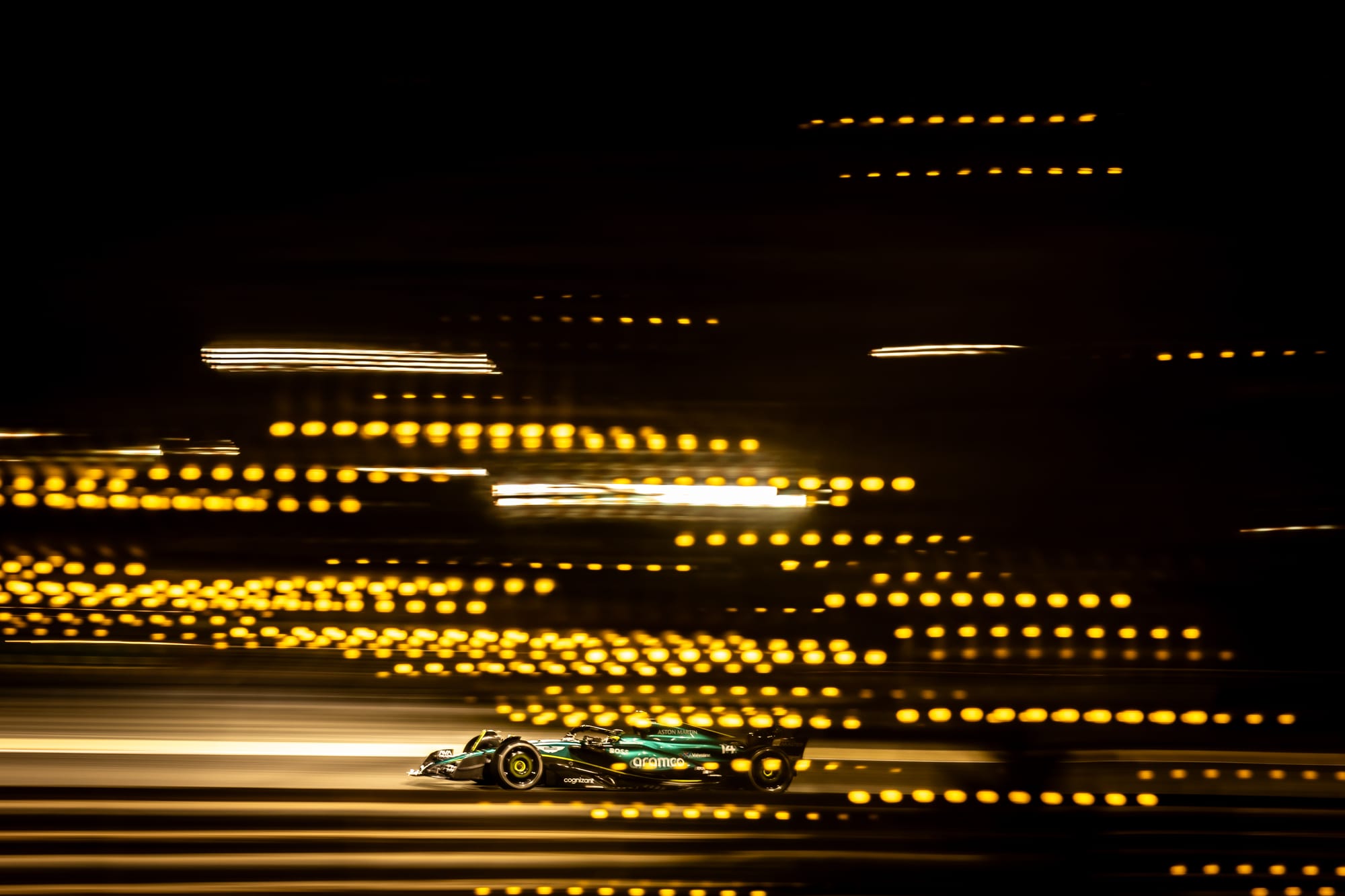
Best laptime: 1m31.159s (C3)
Laps: 379
Aston Martin hit the ground running at this test with a car that, as it did 12 months ago, looked well balanced. And it was “really happy” with how the test went, according to team principal Mike Krack.
We’re not tipping Aston Martin for a repeat of its giantkilling exploits at the start of 2023, but we definitely think it’s more in the mix than how it ended last year.
It wasn’t exactly a coin flip with McLaren, but it was very close. And if you judge it solely on a day three Fernando Alonso long run, you could even have this team troubling Mercedes and Ferrari.
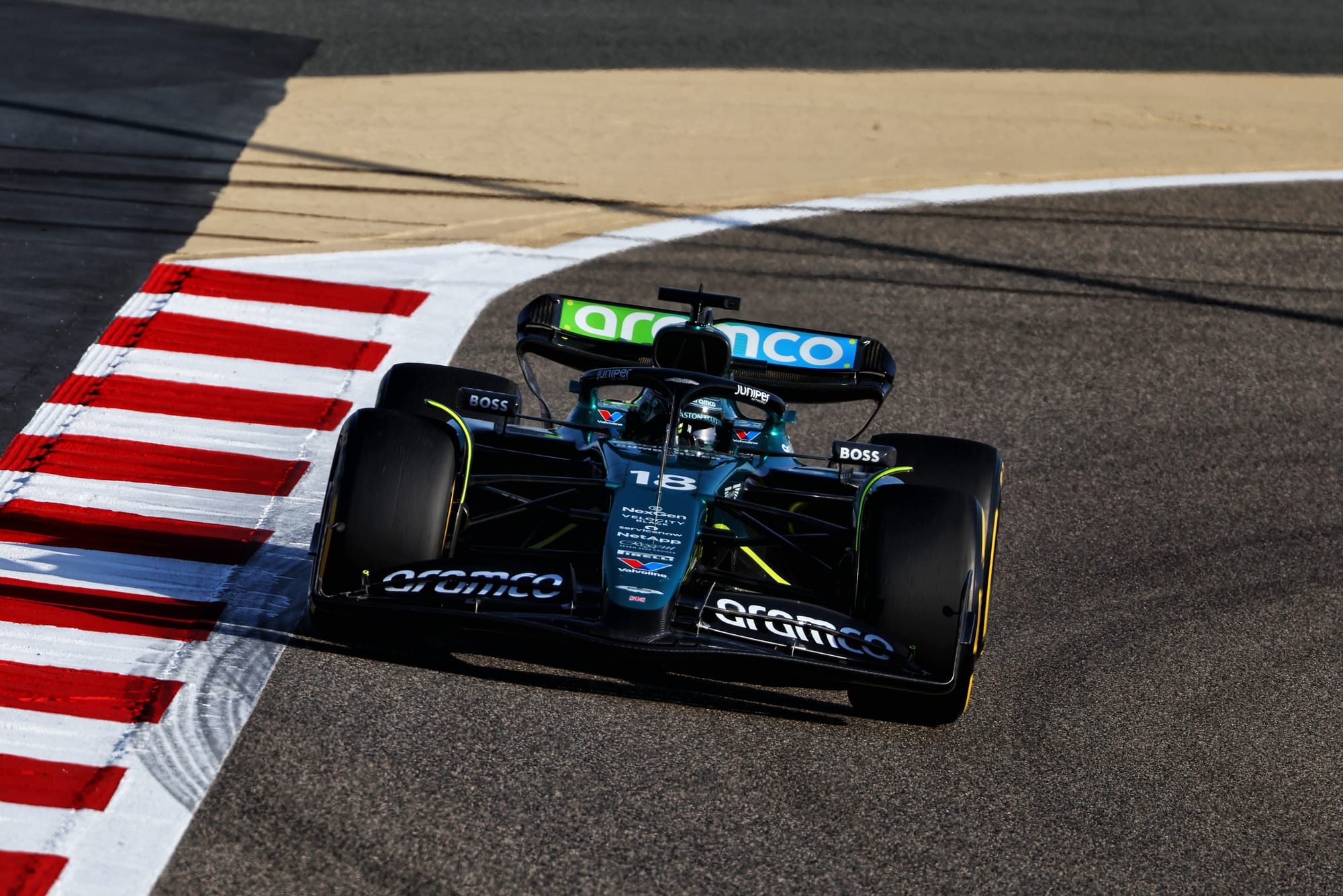
The Aston Martin looks quick on the straights, which suggests an improvement in the drag issue that Alonso disliked so much last year, and performed consistently.
It looks as though the team really has understood and moved on from the issues that emerged through 2023. Technical director Dan Fallows feels that prioritising some items to make the AMR24 “good to drive” has paid off.
Fallows is also happy with the step made in development in general, but the real test is how this car responds to upgrades given last year’s disappointing inability to push on.
4 McLaren
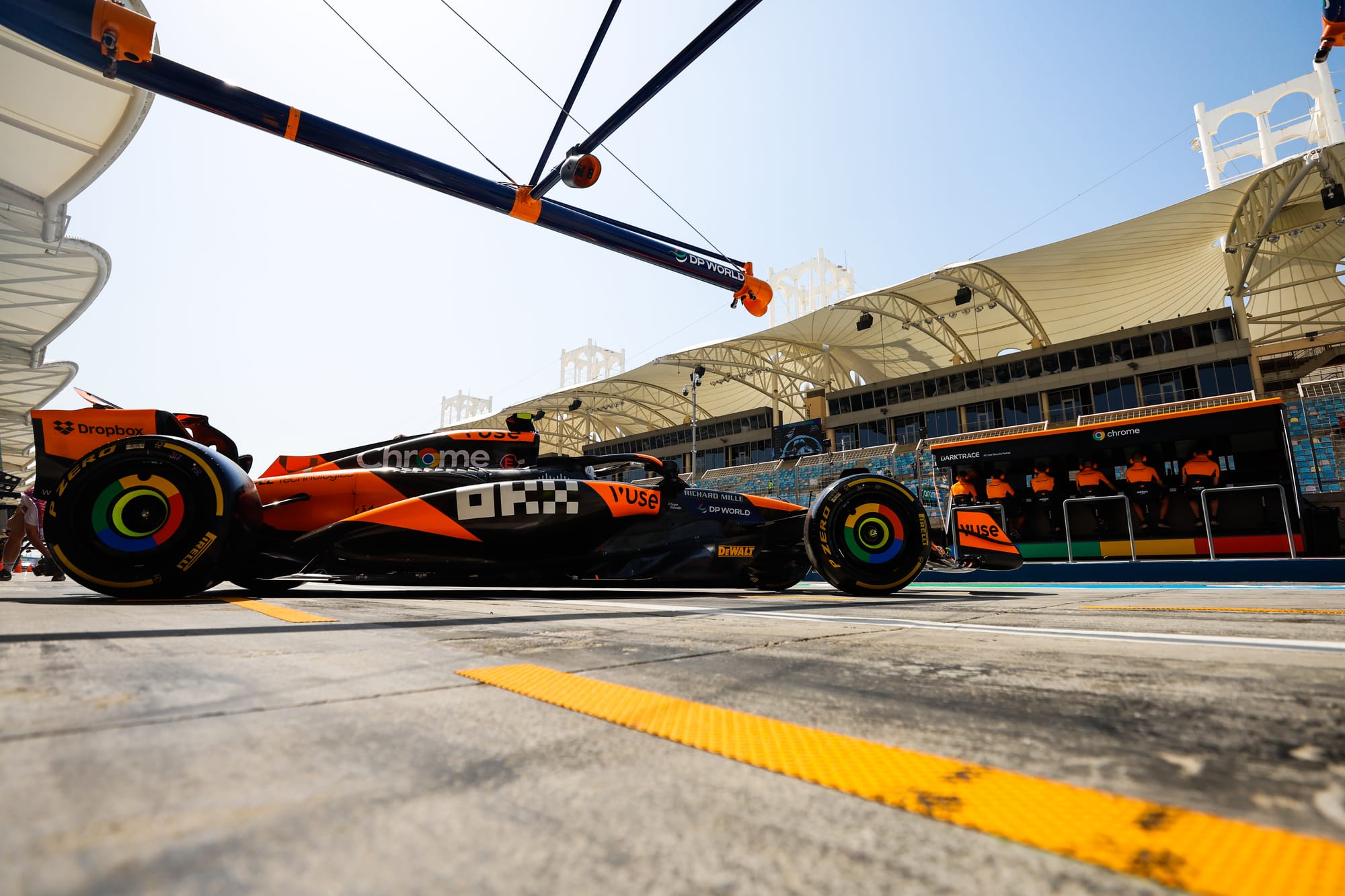
Best laptime: 1m31.030s (C3)
Laps: 328
McLaren had a disrupted test and didn’t get through all the running it wanted, but reckons its car is delivering what was expected.
It also has a good foundation for development. Some parts didn’t make the launch car, and these are more like upgrades to ‘cash in’ on development potential, as team boss Andrea Stella puts it, rather than missed targets for the launch spec like last year.
“We have some concepts that have unlocked performance, but we haven't cashed this in entirely,” he said.
In terms of what it has right now, there is some initial progress in quelling the biggest lingering weaknesses from last year. Oscar Piastri felt the slow-speed characteristics have improved but it seems there are still deficits in this area and others.
That, plus the fact it took McLaren a bit longer to dial in its car last week, fits with Stella’s suggestion that Bahrain doesn’t ideally suit the MCL38, after its predecessor thrived more on high-speed circuits.
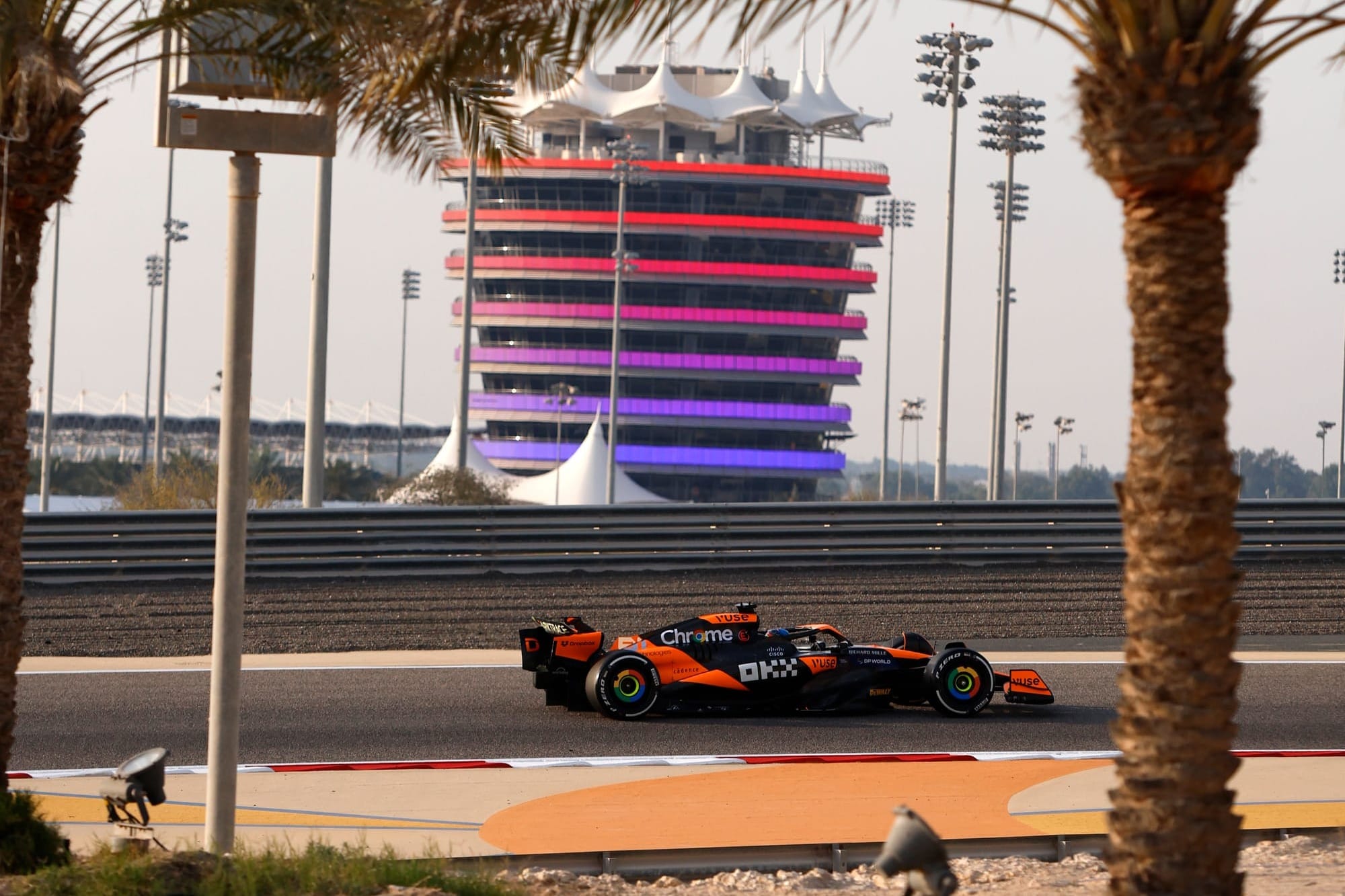
All of this might be why McLaren seemed to struggle a bit more than its best-of-the-rest rivals on long runs too.
Lando Norris reckons it is definitely behind Ferrari. Maybe Mercedes too, at least in Bahrain. Our gut feeling is it shouldn’t be behind Aston Martin, though, and if it is it could be marginal and track specific.
3 Mercedes
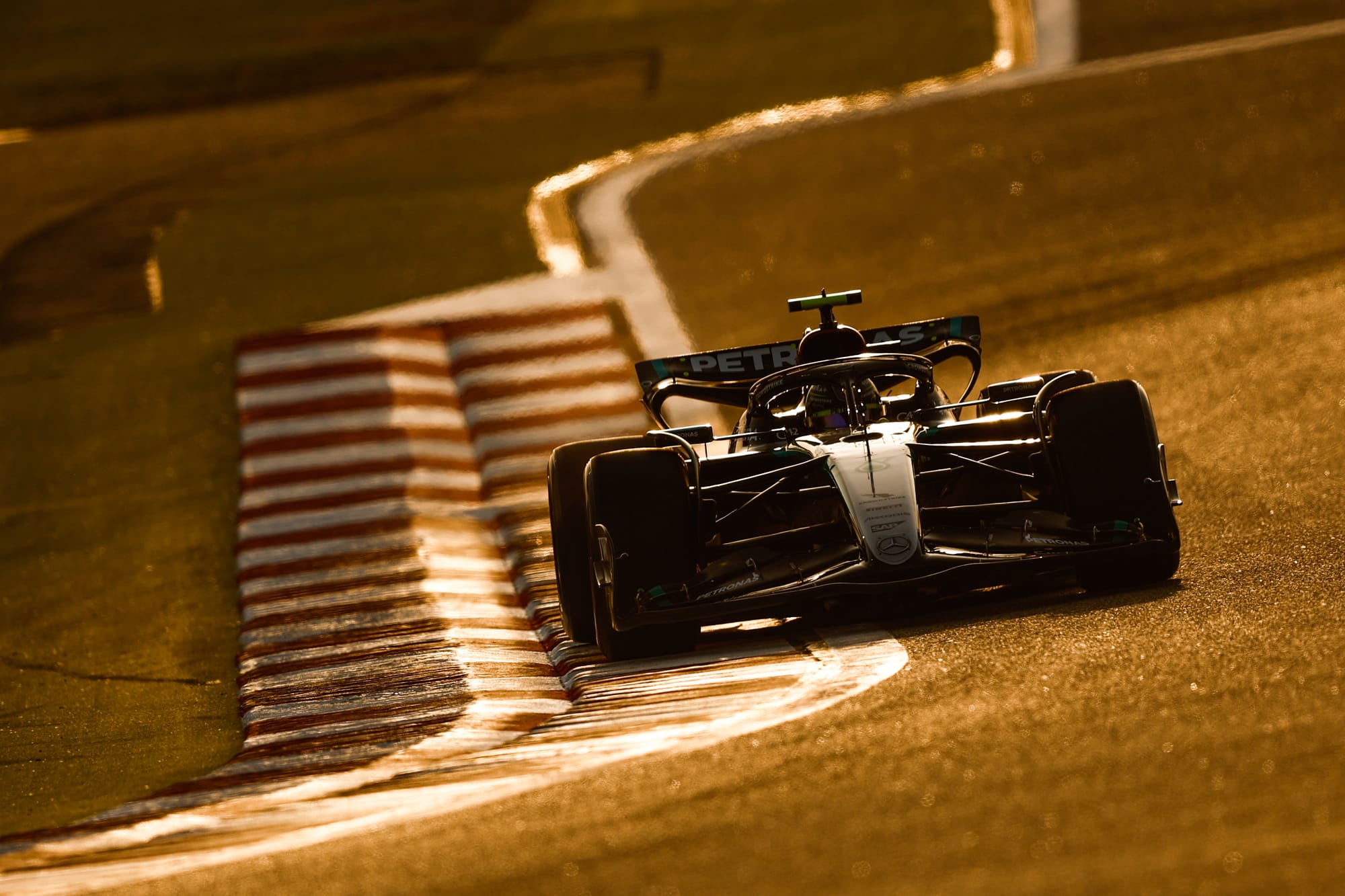
Best laptime: 1m30.368s (C4)
Laps: 361
The good news is that this was comfortably the best pre-season testing for Mercedes since the current regulations were introduced.
The long-run pace looks good, potentially strong enough to give Ferrari something to think about. However, as technical director James Allison admitted, there’s “a bit more work to do on the single laps.”
That’s to be expected given the scale of the changes made to the car, particularly in terms of the mechanical platform. That means Mercedes is still working on fully understanding the W15 and conducting experiments that will be impossible to do once the season starts.
That includes the drastic change to the anti-dive level on the front suspension on the final day, achieved by moving the rear leg of the upper wishbone to a lower mounting point.
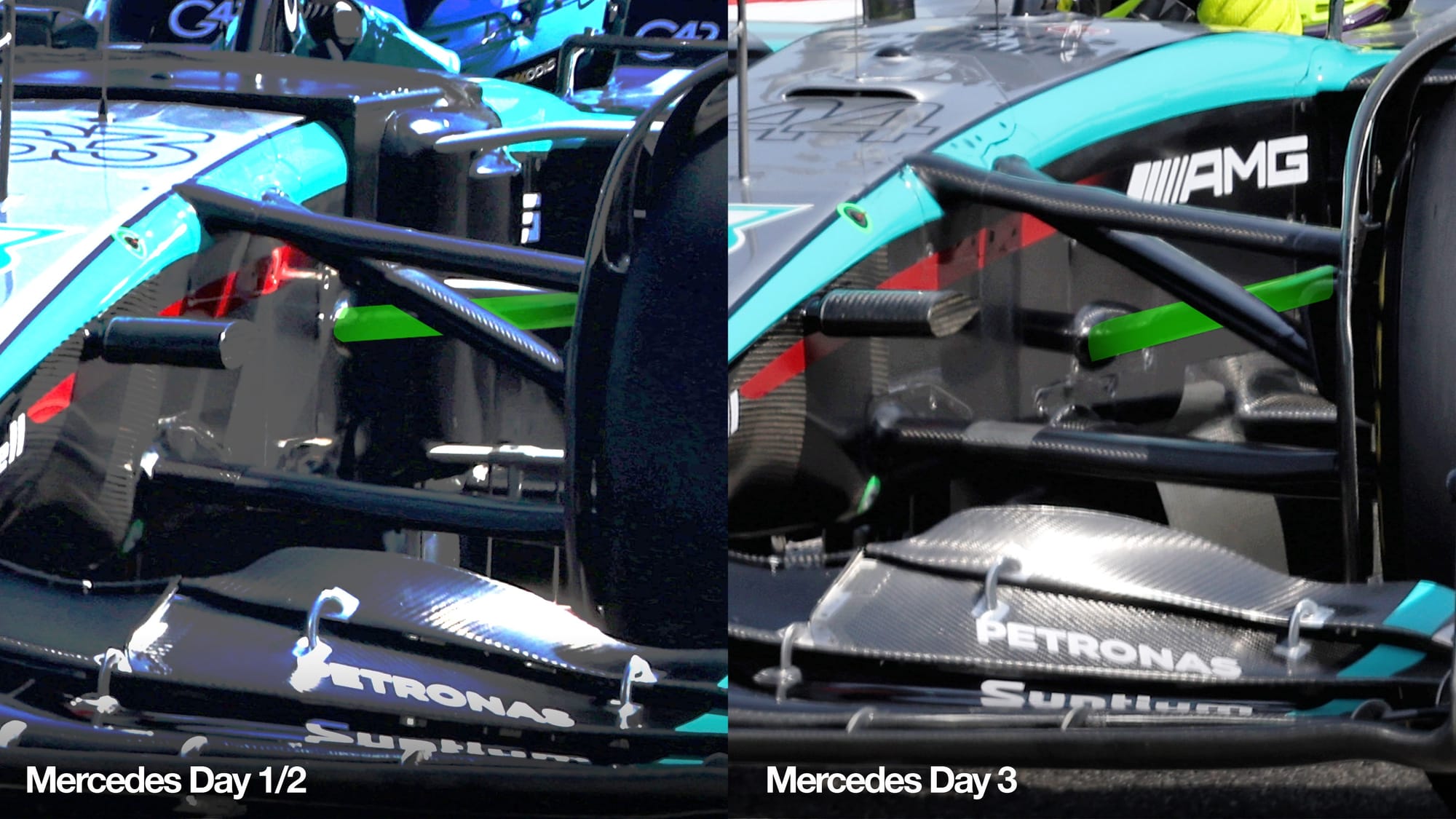
Most importantly, the drivers are much more confident in a car that now has a far more stable rear end in the medium and fast corners.
“We’ve made a really good step in terms of the consistency of the car,” said George Russell.
The lack of a full-blown race simulation makes it difficult to judge the pace of the W15 precisely. However, Mercedes didn’t look far off by day three.
The big question is how quickly Mercedes will be fully on top of the car and how consistently it can extract the pace from something that at least looks far removed from the troublesome cars of the past two years.
2 Ferrari
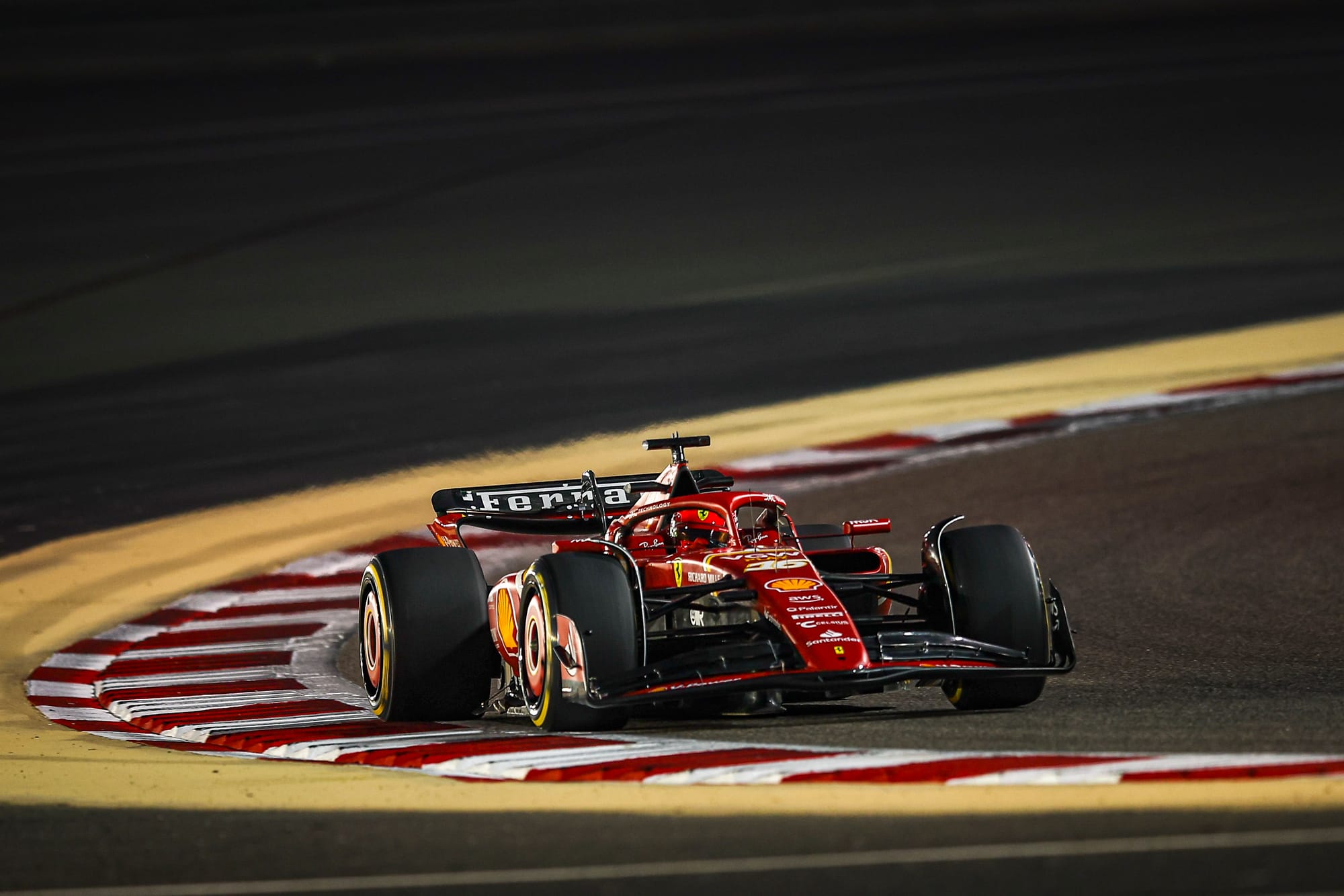
Best laptime: 1m29.921s (C4)
Laps: 416
Based on what we believe Red Bull is holding back, Ferrari doesn’t look as quick, despite topping the timesheets and despite Carlos Sainz’s encouraging race simulation on day two that was significantly quicker than Sergio Perez’s.
However, Ferrari does appear to be Red Bull's leading challenger with a car that looked around four tenths of a second off on long-run pace.
What matters most for Ferrari is that the car is working well. Both drivers were far happier with the feel and consistency of this year's design.
What’s more, the tyre degradation problems of last year appear to be a thing of the past. Team principal Fred Vasseur described the difference on that front as being “on another planet”.
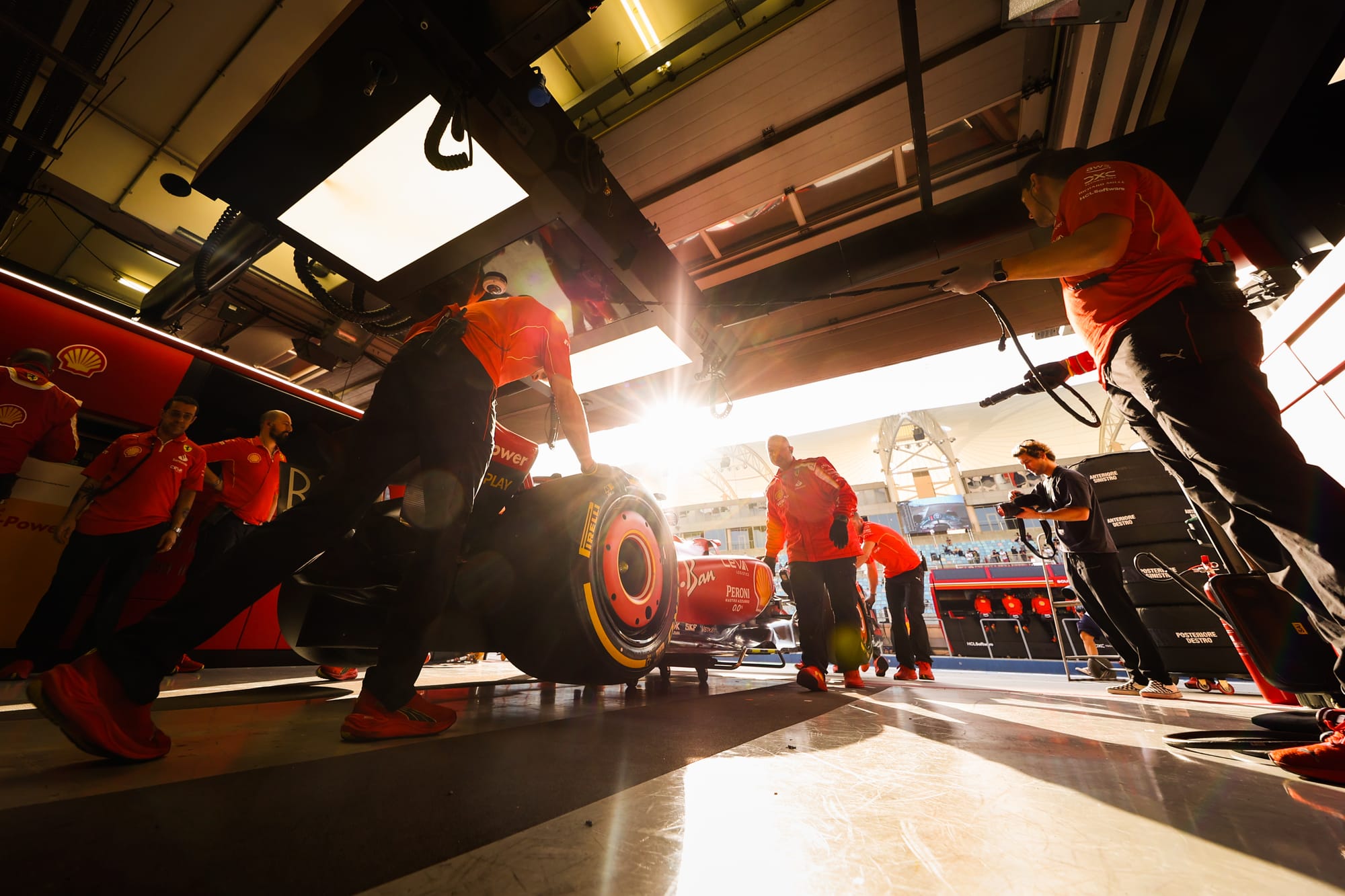
This means the Ferrari should race better than it did last year, when it invariably struggled to match its strong qualifying form. And while it might be asking a little too much of Ferrari to be a Red Bull-beater in Bahrain, it’s close enough to give Red Bull something to think about.
Charles Leclerc also pointed out Ferrari has a platform for development that could allow it to become a bigger threat as the season progresses.
1 Red Bull
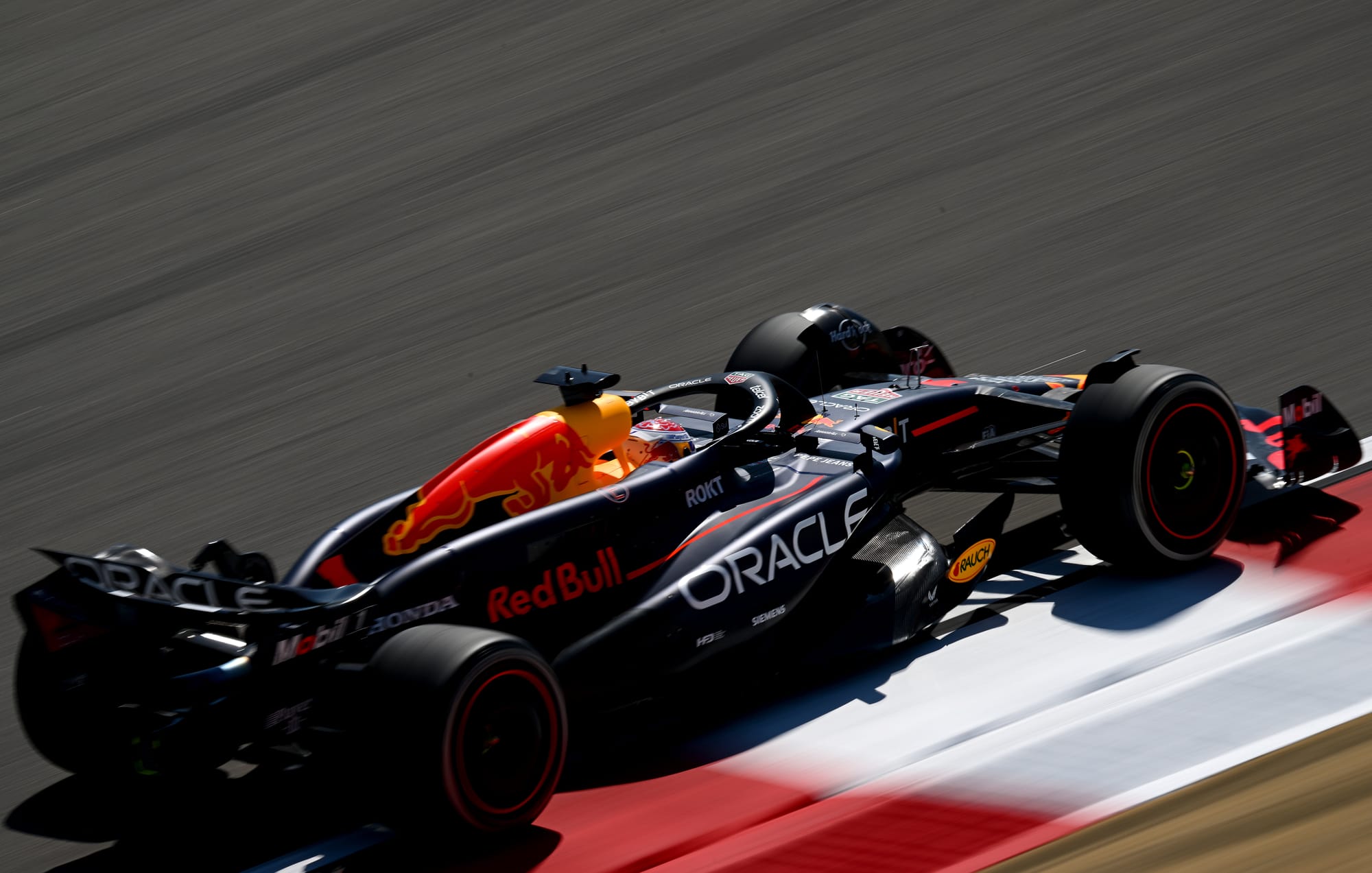
Best laptime: 1m30.679s (C3)
Laps: 391
Red Bull is the overwhelming favourite for several good reasons.
Its car looked great on track and set competitive laptimes with ease - despite suggestions of it keeping high fuel for its performance runs and using a heavily detuned engine on long runs. The team was not even bothering to hide how happy it was with how the test went.
Lots of mileage meant lots of reliability validation and set-up work and while it would be easy to say ‘well of course last year’s dominant car is still the best’, remember this has had a lot of work done to it.
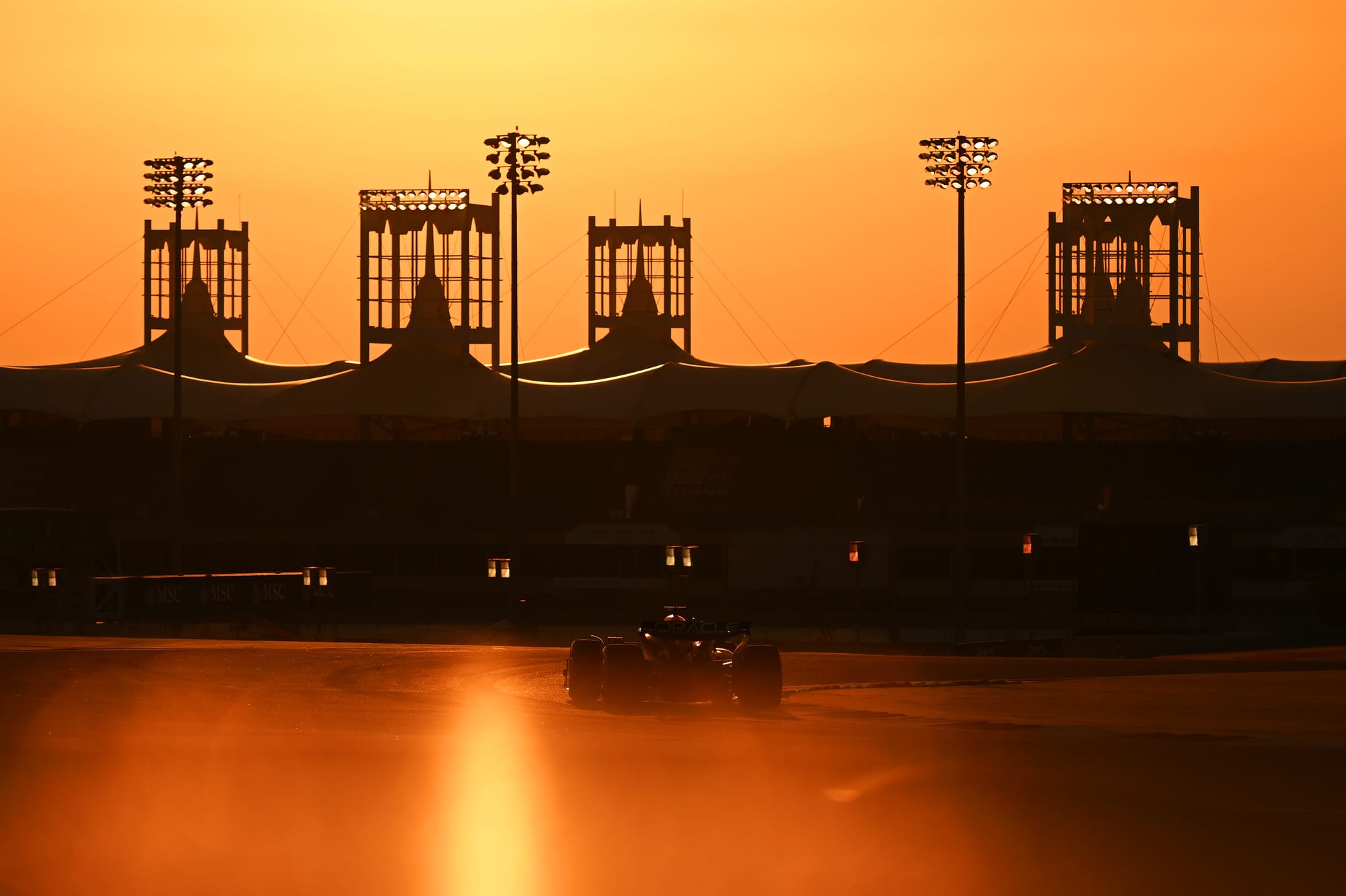
Red Bull could have tripped itself up with its new ideas for 2024, or produced a car that needed time to be optimised.
That hasn’t happened. It has hit the ground running with a significantly evolved concept that can be taken even further based on the suggestion of early season upgrades.
We’d be surprised if the look of the car alters dramatically but however different the car is visibly at the first race or into the season, we’d be absolutely stunned if it is not the benchmark.


